1821
Santo Domingo wins independence from Spain.
Santo Domingo wins independence from Spain.
The newly-formed Independent State of Spanish Haiti is annexed by the Republic of Haiti.
Foreign Secretary, George Canning, introduces a series of provisions calling for the 'amelioration' of the condition of enslaved people.
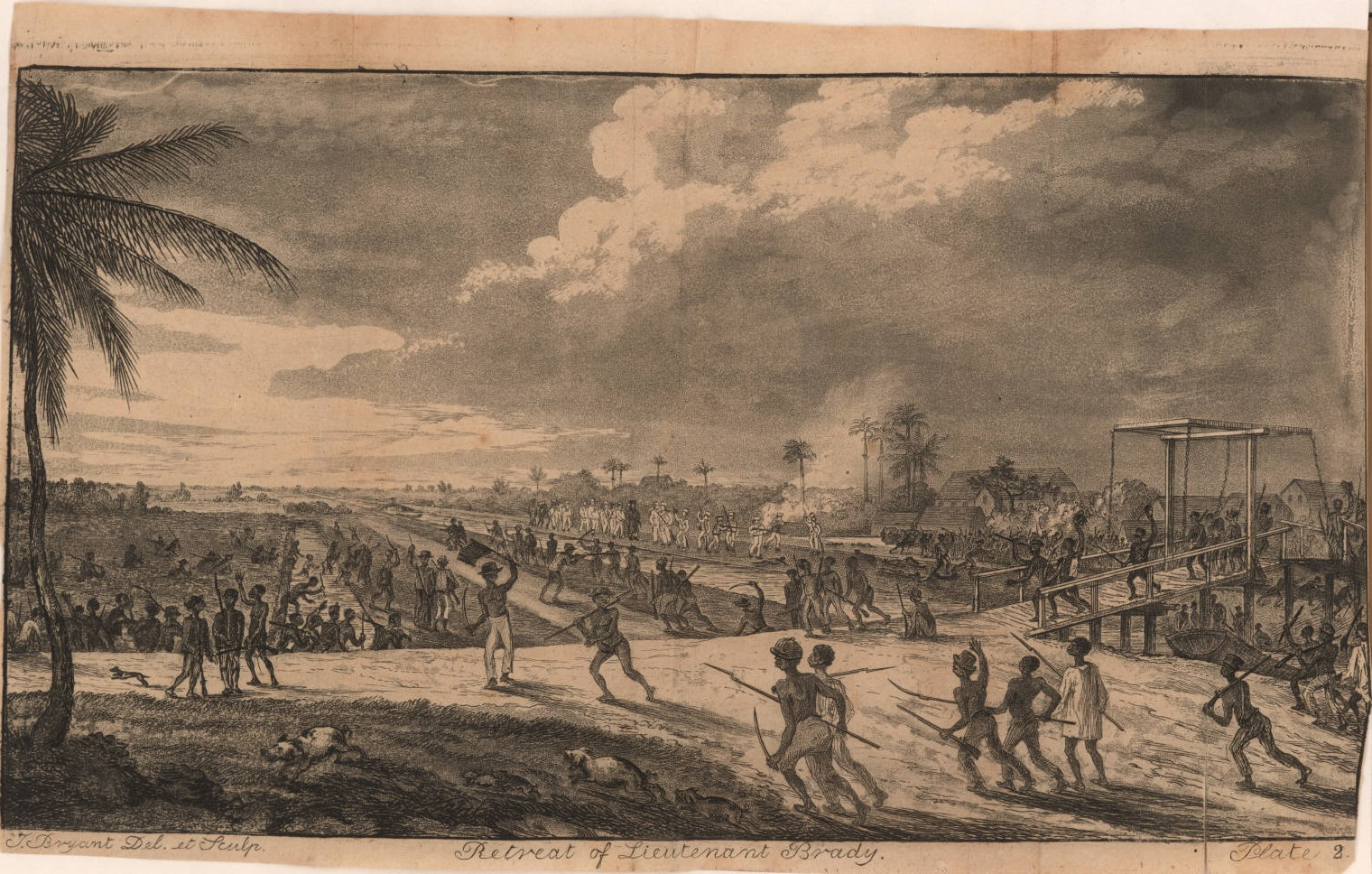
An uprising of more than 10,000 enslaved people takes place in Demerara-Essequibo, led by a man named Jack Gladstone and his father, Quamina.
An Order in Council introduces provisions for improving the condition of enslaved people in Trinidad.
Two free Black men, Louis Celeste Lecesne and John Escoffery, are deported from Jamaica, possibly due to their links with the abolitionist movement. Making it to England, their case is taken up by abolitionist Stephen Lushington.
Anguilla is placed under the administrative control of St Christopher (St Kitts).
France formally recognises Haitian independence.
The second worldwide cholera pandemic breaks out.
Anguilla suffers through droughts and famines; Britain attempts to move the entire population to Demerara in British Guiana, though most choose to remain.
A group of enslaved people in Exuma island, led by a man named Pompey, steal a boat from their enslaver and attempt to sail to Nassau with the aim of petitioning the governor to prevent their transfer to Cat Island.
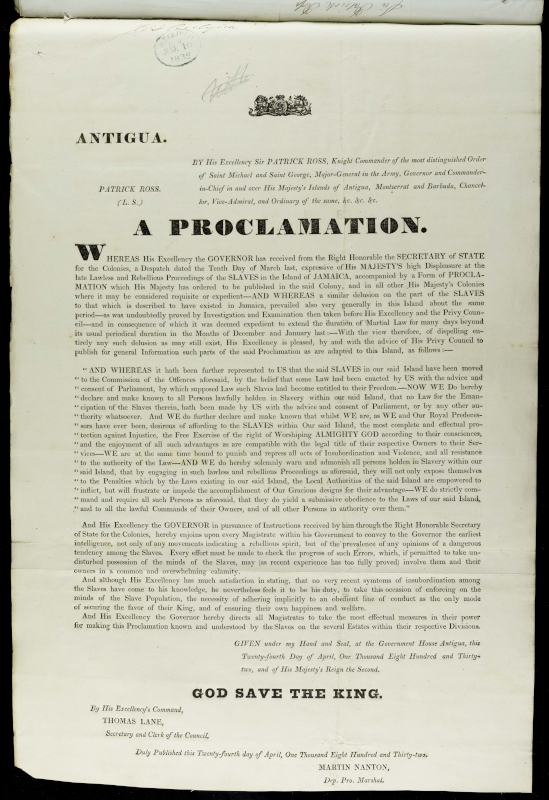
Around 60,000 enslaved people in Jamaica, led by a man named Samuel Sharpe, rebel shortly after Christmas. The largest slave rebellion in the British Caribbean, fighting lasted several months as rebels used guerilla tactics in Jamaica's mountainous interior.
The legislative assembly of Dominica passes the Brown Privilege Bill, conferring political and social rights on free non-whites.
Berbice, Demerara and Essequibo are unified as British Guiana.
Coffee takes over as the major export from Dominica.
The Windward Islands Colony are established, which is the administrative grouping of Grenada, St Vincent, the Grenadines, Barbados, and Tobago, with the Governor of Barbados as governor-in-chief.
Antigua, Barbuda, Montserrat, St Christopher (St Kitts), Nevis, Anguilla, the Virgin Islands and Dominica are grouped together under one administrative group known as the Leeward Island Colony, with the Governor of Antigua as governor-in-chief.
Parliament passes a bill to abolish slavery in the British Empire.
The Emancipation Act comes into force, officially ending slavery in most of the British Empire. However, formerly enslaved people in the Caribbean are forced to continue working for their former enslavers under the system of 'apprenticeship'.
Approximately 13,000 apprentices on St Kitts hold a strike against the new system of apprenticeship, under which they could be forced to work up to 45.5 hours per week with little or no pay.
Spain signs the Equipment Clause. Under this clause, Britain declared any ship which carried items from a specified list of equipment would be considered a slaving ship even when no enslaved persons were aboard.
James Williams, an eighteen-year-old apprentice from Jamaica, produces an autobiographical work, A Narrative of Events, since the First of August, 1834, in which he describes the harsh working conditions on plantations and the cruel punishments that he and other apprentices were subjected to.
The Aborigines' Protection Society is founded. This organisation campaigned for equal rights for Indigenous people who were subjects under colonial rule, though this did not include protection of Indigenous cultures.
A mutiny breaks out in Saint Joseph, Trinidad, at the barracks of the First West India Regiment, a unit formed from soldiers of African descent. Led by a man named Dâaga, a group of mutineers clashed with the local militia at the town of Arima. Dâaga was executed by firing squad, but his name remains a symbol of Black resistance in Trinidad
The Slave Compensation Act 1837 is signed into British Law. It authorised the Commissioners for the Reduction of the National Debt to compensate slaveholders throughout the British colonies for the loss of their 'property'. Over £20 million was paid to slaveholders as 'compensation'.
St Lucia is incorporated into the British Windward Islands administration.
The apprenticeship system is brought to an end, granting full freedom to all 'praedial' apprentices two years earlier than scheduled. The system, criticised by former slaveholders, antislavery activists and apprentices themselves, was largely considered a failure.
British anti-slavery activists such as Joseph Sturge turn their attention to the wider world, forming the British and Foreign Anti-Slavery Society.
Portugal signs the Equipment Clause.
The American slaving ship Hermosa is shipwrecked in the Abaco Islands in the northern Bahamas. Due to the Bahamas being under British rule and had abolished slavery across the empire, the enslaved people aboard are freed on arrival.
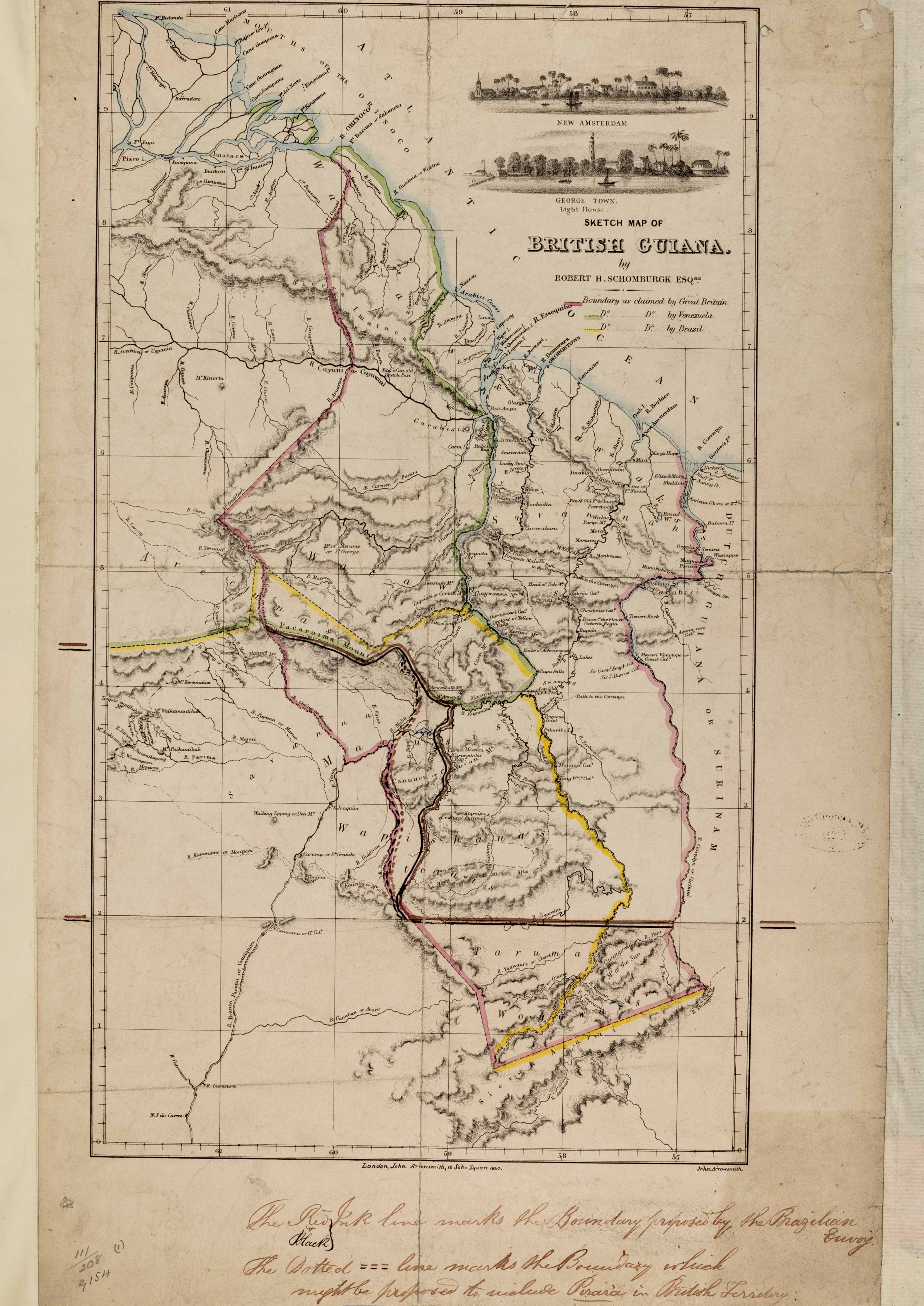
Venezuela disputes Britain's newly established boundary line in British Guiana, known as the Schomburgk Line, which extends west past the Essequibo River and includes the mouth of the Orinoco River. The confusion over where British territory ends originates from the Anglo-Dutch Treaty of 1814, which gave Demerara, Berbice and Essequibo to Britain but did not establish a western border. In 1850, both parties reach an agreement and it is decided that the disputed area will remain uncolonised.
Britain, France, Russia, Prussia and Austria sign the 'Quintuple Treaty', an agreement to suppress the transatlantic slave trade.
Enslaved people on board board the American slaving ship Creole mutiny, overwhelming the crew. Perhaps inspired by the Hermosa they land in the Bahamas, winning their freedom in the most successful uprising of enslaved people in US history.
The West Indian Mail Service is established by the sailing of the first Royal Mail Steam Packet, PS Thames from Falmouth.
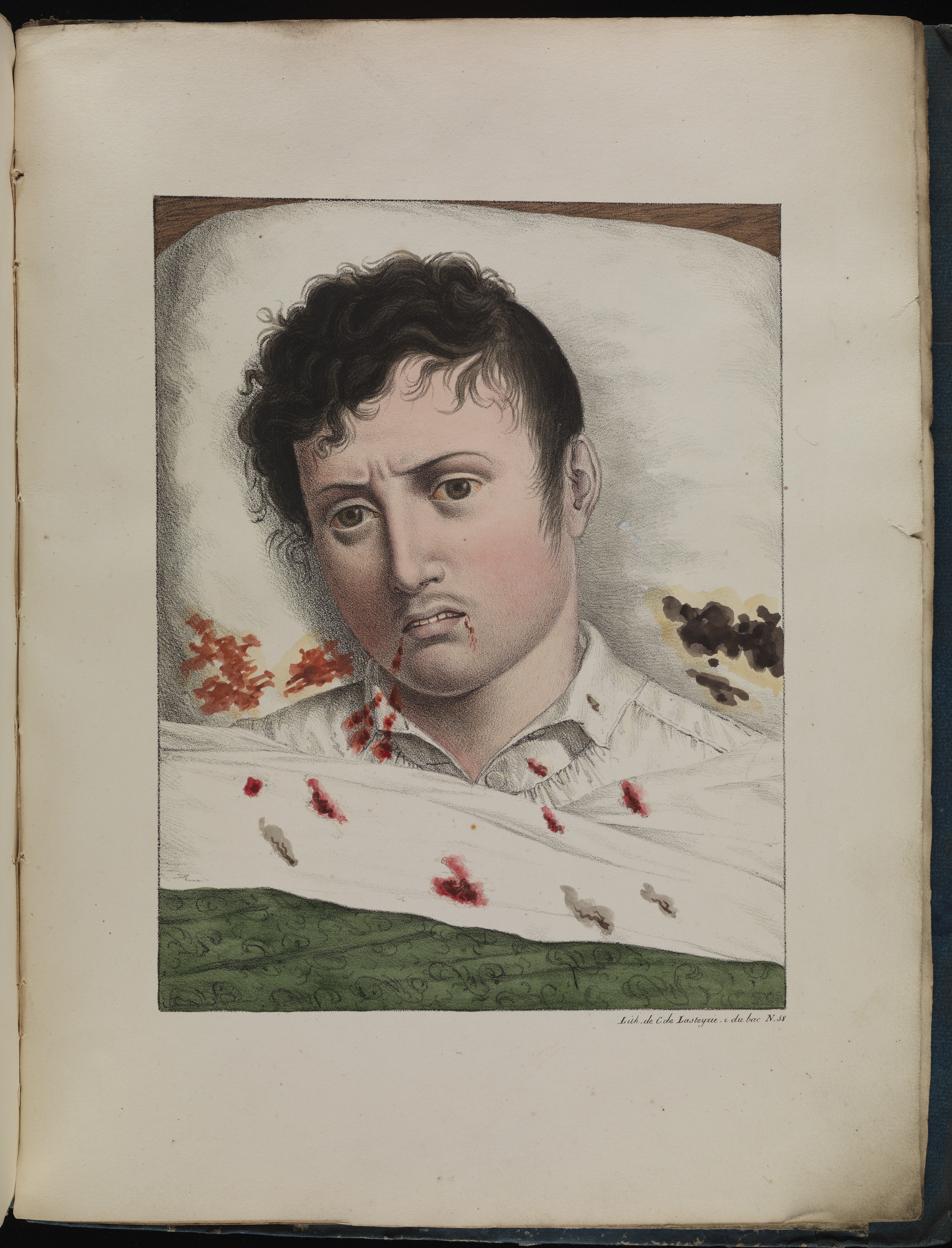
In the years 1843, 1853, 1856, and 1864, Bermuda is hit with Yellow Fever epidemics, believed to be brought to the islands via Mosquitoes and visiting ships.
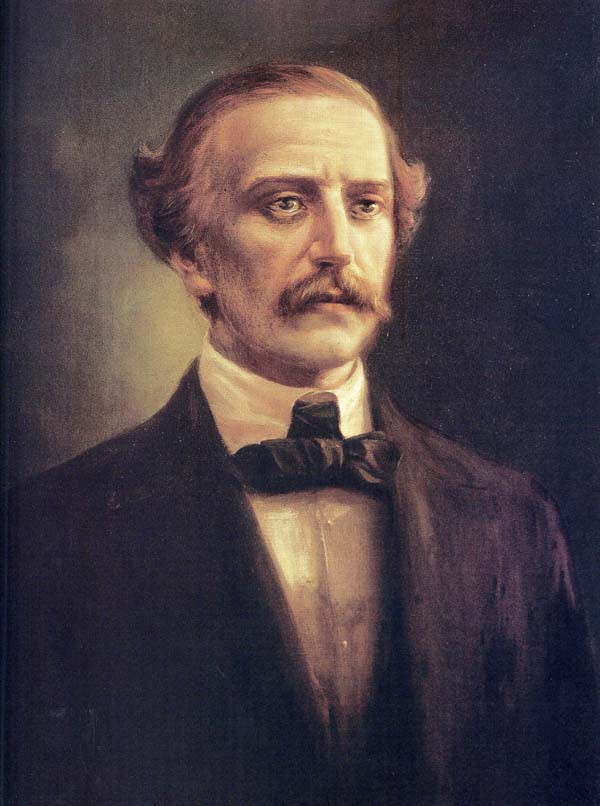
Juan Pablo Duarte leads the Dominican uprising against Haitian rule, resulting in the foundation of the Dominican Republic.
Western Jamaica Connecting Railway is built, running from Kingston to Spanish Town. The railway was proposed by landholder and plantation owners William and David Smith.
The Sugar Duties Act is passed. This act equalised import duties on sugar into Britain, leading to increased foreign competition for sugar plantations in British colonies.
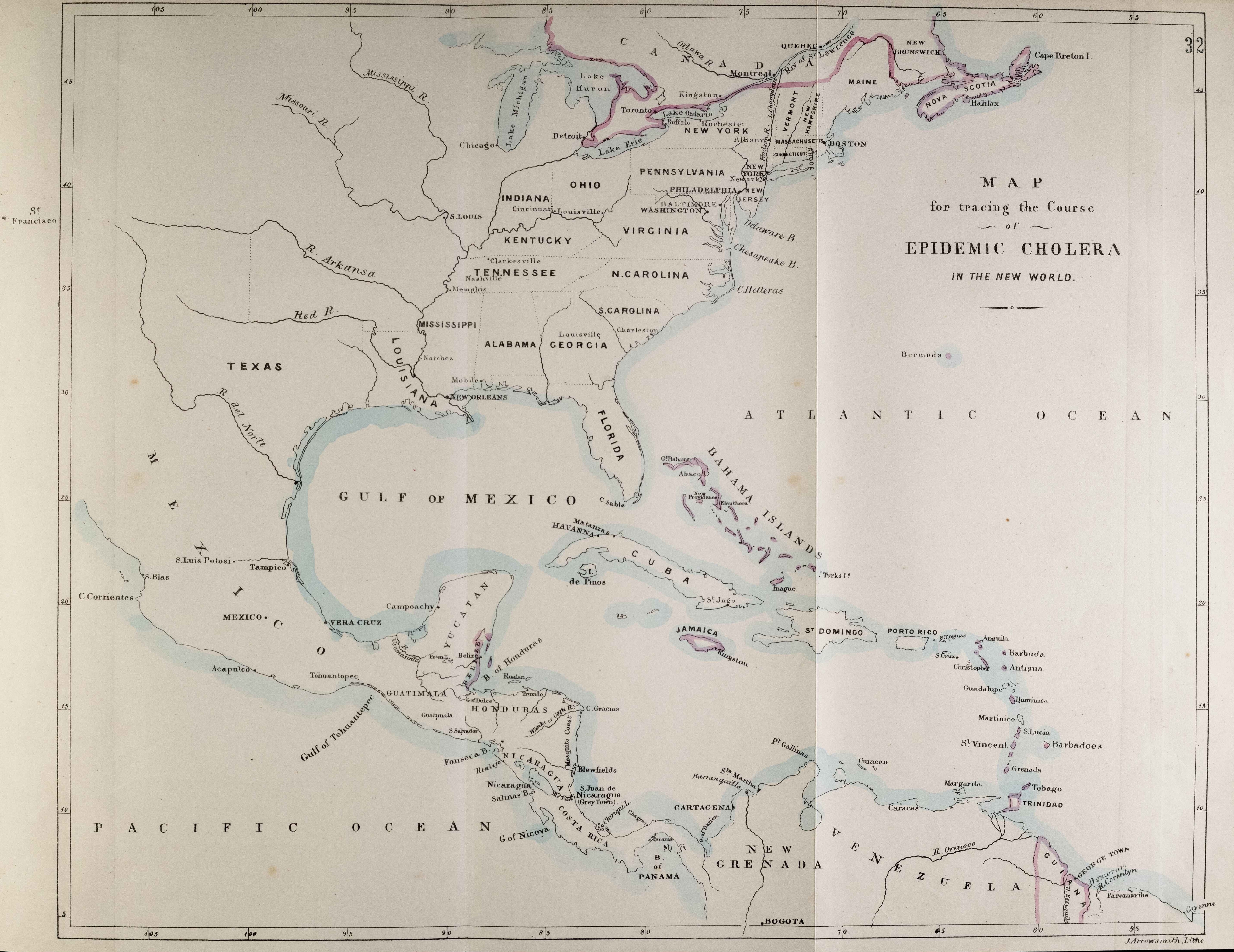
Originating in India, the third cholera pandemic spreads throughout the world, including the West Indies. This outbreak is the deadliest.
The Caste War of Yucatán breaks out, a long war which begins with the revolt of the Maya people in the Yucatán Peninsula against the Hispanic populations, who are in control of the region. Its close proximity to British Honduras means the colony is affected. Initially, the United Kingdom recognise the rebelling Maya people's Chan Santa Cruz Maya as an independent nation, due to trading relations between the Maya and British Honduras. Between 1847-1855, refugees flee to the British Honduras.
Due to insufficient means of communication with the Bahamas, Turks and Caicos breaks away from the colony and requests to be under the control of Jamaica instead. The British government grants this in 1848, and Turks and Caicos are governed by superintendents or council presidents appointed by the governor of Jamaica.
On the instigation of abolitionist Victor Schoelcher, France abolishes slavery for the second time, having previously outlawed the practice between 1794 and 1802.
Britain repeals the Navigation Laws as it moves towards a market of Free Trade throughout its colonies.
A devastating hurricane, followed by a destructive fire, hits the island of St Bartholomew, causing huge physical and economic damages.
Violence breaks out in Road Town, Tortola, from those protesting the increase of cattle tax. A fire burns down almost all of the buildings in the town and the protesters later set fire to most of the plantations across the island. This causes a majority of the white population to permanently leave the islands.
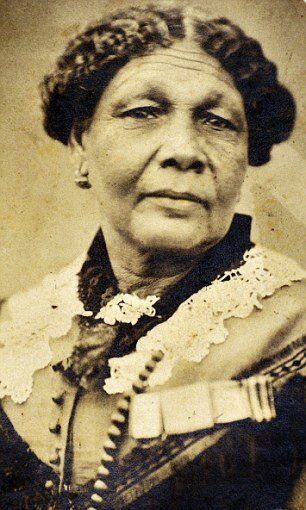
The Crimea War breaks out between Russia and an alliance of the Ottoman Empire, France, the United Kingdom and Sardinia-Piedmont. Mary Seacole, a British-Jamaican nurse and businesswoman, sets up the 'British Hotel' behind the lines, housing and nursing wounded soldiers from the alliance.
The 'Angel Gabriel' riots are sparked by the anti-Catholic preacher, John Sayers Orr (under the moniker 'Angel Gabriel') and enacted by 'Creole' peoples, liberated Africans and East Indian immigrants against Portuguese shops, businesses and people. These populations are being disproportionately affected by a rise in high taxes, the cholera epidemic, the competition in labour wages provided by Indian and Portuguese immigrants, and retail competition from Portuguese businesses. As a consequence, violence breaks out throughout the year and there is widespread destruction in the region. The eventual detention of John Sayers Orr, along with military assistance from Dutch and French Ships of War as well as other British colonies, suppressed the riots.
The Indian Mutiny, or the First Indian War of Independence, breaks out against British rule in India. The violence sees a large, widespread death toll and atrocities committed on both sides against soldiers and civilians. The emigration of Indians as indentured labourers to the West Indies is temporarily affected.
In March 1858, Antigua erupts into popular unrest. The five-day riot begins among dockworkers, over job competition between workers from Antigua and neighbouring Barbuda, but by its end, it develops into an uprising among the black working-class population, against local authorities. They inflict violence on all known Barbudans living in Antigua's capital, as well as local mixed-race and white authorities attempting to quell the violence with armed police. The police superintendent responds with armed attacks, opening fire and using bayonets on the rioters. In total, 10 are killed and just under 200 arrests are made.
A rebellion breaks out in reaction to the increase of toll gates on important roads for the peasant population of Jamaica. For three days in February, the protestors tear down the toll gates. The riots spread throughout Westmoreland over the next few months and the government are unable to identify the perpetrators or suppress the protests. Eventually, in 1863, the toll gate legislation is repealed.
The Wyke–Aycinena Treaty is signed in April between Guatemala and Britain, following a territorial dispute over the region of British Honduras. The treaty recognises Britain's sovereignty over the region and establishes the boundary lines.
The American Civil War begins after decades of tension between southern and northern states over state rights and slavery. In response to the presidential election of Abraham Lincoln, who opposed the expansion of slavery into western territories, seven southern slave states secede and form the Confederate States of America. The war between the Confederacy and the northern states (who become known as the Union), is one of the deadliest on American soil. The Bahamas, being only fifty-five miles away from Florida, becomes an important base for Confederate blockade-running. It ends with a Union victory, the collapse of the Confederacy and the abolition of enslaved labour.
British Honduras is officially established as a British colony.
The Cayman Islands officially becomes a dependency of Jamaica. The Chief Magistrate is appointed by the Jamaican governor and becomes the administrative official for the islands.
The Netherlands ends enslaved labour in all Dutch Caribbean colonies. However, former enslaved people are instead placed under 'supervision' for ten years, often being forced to work on the same plantations they had been enslaved on.
The Fourth Cholera Pandemic begins in Bengal and spreads throughout the world via travelers.
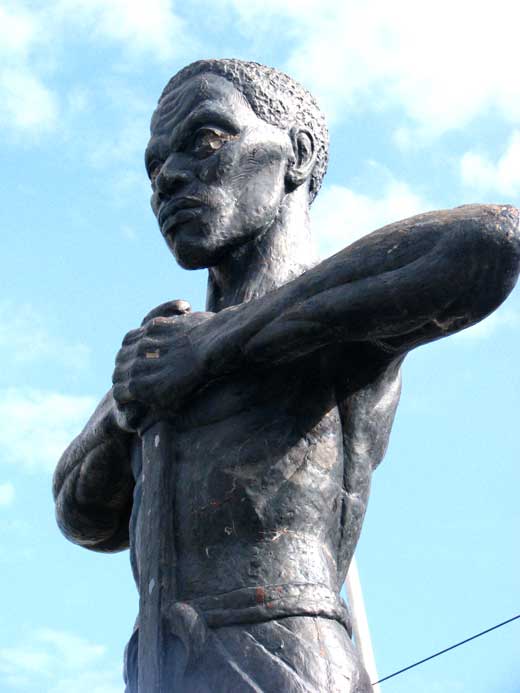
After years of economic crisis, racial and political tension and a rising spirit of unrest among the peasant population in Jamaica, a period of brutal violence reverberates across the island with the Morant Bay Rebellion. The rebellion is sparked by the arrest warrant of deacon Paul Bogle and his followers, who prevented the police from arresting a Black man who disrupted a court trial. Bogle and hundreds of others march to Morant Bay and raid the police station and neighbouring buildings. The protest prompts a violent response from the militia and deaths on both sides occur, escalating the situation. The subsequent response from Governor John Eyre triggers much controversy. After enacting Martial Law, Eyre sends troops to violently put down the rebellion. Around 500 people are killed and the troops seemingly indiscriminately kill members of the Black population, regardless of their involvement. Many are killed without trial, and others are flogged. An official inquiry from the British government concludes that Eyre's methods of suppression were too severe and he is dismissed.
Following the Morant Bay Rebellion, the Jamaican Assembly votes for its own extinction and the British Parliament declares the island a crown colony. Governing of Jamaica passes to the British Crown and a governor elected by the British Government. Sir John Peter Grant is the first Governor of Jamaica as a crown colony.
A group of Maya who had settled in the region, led by Marcos Canul, begin attacks on British camps. The British's West India Regiments are sent to attempt to drive them out of the districts, destroying several Mayan villages.
A volcano erupts in St Bartholomew's, causing further damage on top of that from the hurricane and fires from 1852. The eruption, among other factors, leads Sweden to sell the island back to the French in 1878.
The Ten Years' War, the first of three uprisings by Cuba for independence from Spain, begins.
Marco Canul invades and occupies the town of Corozal. In September, Canul leads an attack on the British barracks at Orange Walk, but this fails, leaving Canul fatally wounded.
Dominica, the British Virgin Islands, Montserrat, St Kitts and Nevis, Anguilla, and Antigua become the Leeward Islands Federation. With the exception of Dominica, they remain joined under one governor, with one set of laws, until the British dissolve the federation in 1956.
The Legislative Assembly is abolished and British Honduras becomes a Crown colony.